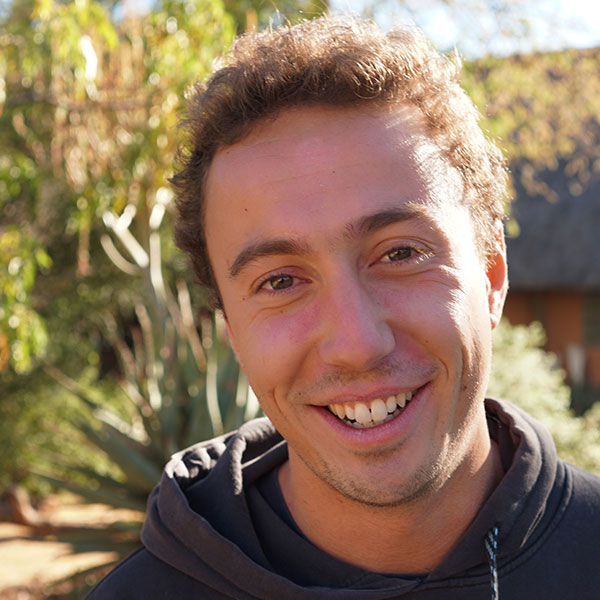Intern Story – Adventures of a Young Biologist
-

- by Stijn Verschueren June 1, 2018

Last year in June 2017, I graduated for my masters in Conservation & Restoration of Biodiversity at the University of Antwerp, Belgium. Wildlife populations are declining worldwide and the importance of nature conservation has become recognized internationally. Also in Europe and Belgium, where people have drastically altered their environment, awareness for conservation and restoration is reaching levels of priority.
As for me, growing up close to a major city, I really wanted to go into the wild and explore these vast wilderness areas. By becoming a conservation biologist, I thought to have a good chance reaching close to this. I must say that I was quite lucky with my master’s project. I got the opportunity to do my research in the Nairobi National Park in Kenya, investigating lion movements and home ranges in relation to the human-wildlife conflict. Nairobi National Park is relatively small and is located only 7 km south of the capital of Kenya. The borders of the park are densely inhabited by people and puts the wildlife in Nairobi National Park at high risk. This results in lions preying on livestock and subsequent retaliatory lion killings by local people, a recurring conflict wherever people and large carnivores come in close contact.

Doing fieldwork in Kenya for three months was absolutely amazing. Tracking lions every day and seeing the African wildlife in all its glory was really something I imagined only seeing on documentaries. Once back home, it didn’t take me long to realize that I had to go back to Africa. After I graduated, I started looking for similar projects with large carnivores, and that’s how I got in contact with the Cheetah Conservation Fund.
I arrived here in January 2018. Since then, I got involved in several projects and so far, I’m quite impressed by all the work that is going on here. CCF is leading global efforts in saving the cheetah and tries everything to stop the decline in cheetah numbers. This goes from mediating human-wildlife conflict and releasing and rewilding orphan-raised cubs, to fighting the battle against the illegal pet trade and so much more.
The main project I’m working on is to analyze cheetah movement patterns. I’m looking into spatial data collected from all cheetahs monitored by CCF over the years. Since a couple of decades, new technologies have been developed for remotely tracking and studying free-ranging animals. Advances in technology continued to increase and made it possible to study animal behaviour and ecology as never before. So far, I got some interesting preliminary results. It might even be worth a publication!
Besides that, I also got involved with the recent release of four of our orphan-raised cheetahs. We are keeping track of their movements and possible kills, and if necessary, we provide additional assistance in the form of supplemental feeding, water, or medical treatment. We will continue doing this until we are sure that they are capable to survive in the wild on their own. Tracking cheetahs in the bush is undoubtedly my favorite activity. By interpreting their tracks and signs, you’re able to make up a whole story of what they have been doing. When the signal from the receiver gets stronger, you know you are close and the excitement is kicking in. It’s always special when you see the cheetahs back in the wild. The best moment of course is when you find a kill and you know for sure one of the cheetahs made it!
The four months I’ve been here so far, flew by. There is so much going on and you never know what to expect the next day. I felt very welcomed by everyone working here and I met some really great people. I feel very lucky to have the chance to spend my time at CCF. It definitely opened doors for me and my adventures as a young conservation biologist!
Related Reading
-
December 3, 2023
Paws, Prints and DNA: Chronicles of a Genetics Intern -
June 15, 2023
Internship in the Ecology Department -
June 10, 2023
An Internship with Naughty Goats and Chocolates




